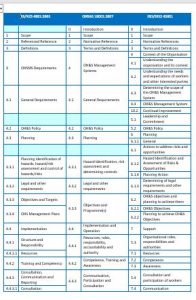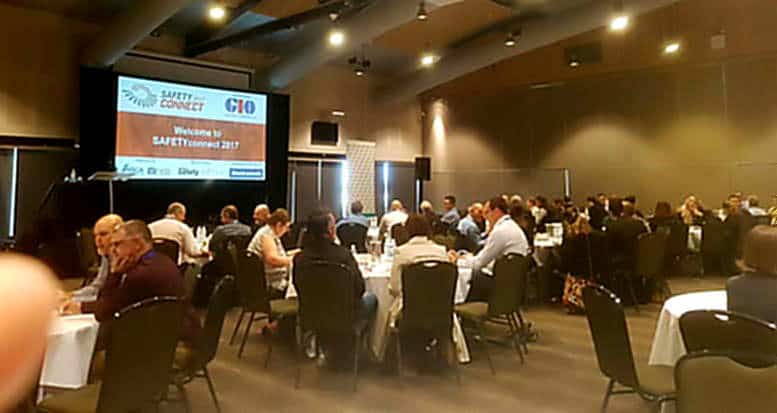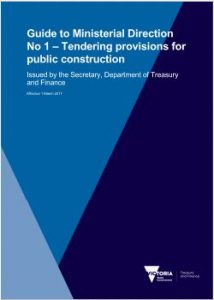The Western Australian Government is getting serious about making its occupational health and safety regime consistent with the strategies and operations of the other Australian States. On 27 August 2017, Premier Mark McGowan stated, in a media release, that
“Penalties for workplace safety offences haven’t changed for 13 years. The substantial increases reflect the seriousness of ensuring the safety of Western Australian workers.”

 Following yesterday’s article on the impending international occupational health and safety (OHS) management Standard, ISO45001, some readers have asked for more details.
Following yesterday’s article on the impending international occupational health and safety (OHS) management Standard, ISO45001, some readers have asked for more details.  Last week I asked a question of a panel of occupational health and safety (OHS) regulators about ‘safety differently’. It was something like
Last week I asked a question of a panel of occupational health and safety (OHS) regulators about ‘safety differently’. It was something like This week’s
This week’s  Innovation in occupational health and safety (OHS) is often encouraged by government but government processes and policy can also discourage and limit this. An obvious example is where government insists on compliance with OHS laws in its tendering criteria but acknowledges that the tender safety criteria remains outdated and, privately, that OHS compliance is not enough to ensure a safe and healthy workplace.
Innovation in occupational health and safety (OHS) is often encouraged by government but government processes and policy can also discourage and limit this. An obvious example is where government insists on compliance with OHS laws in its tendering criteria but acknowledges that the tender safety criteria remains outdated and, privately, that OHS compliance is not enough to ensure a safe and healthy workplace. In support of this year’s election of new Board members to the
In support of this year’s election of new Board members to the